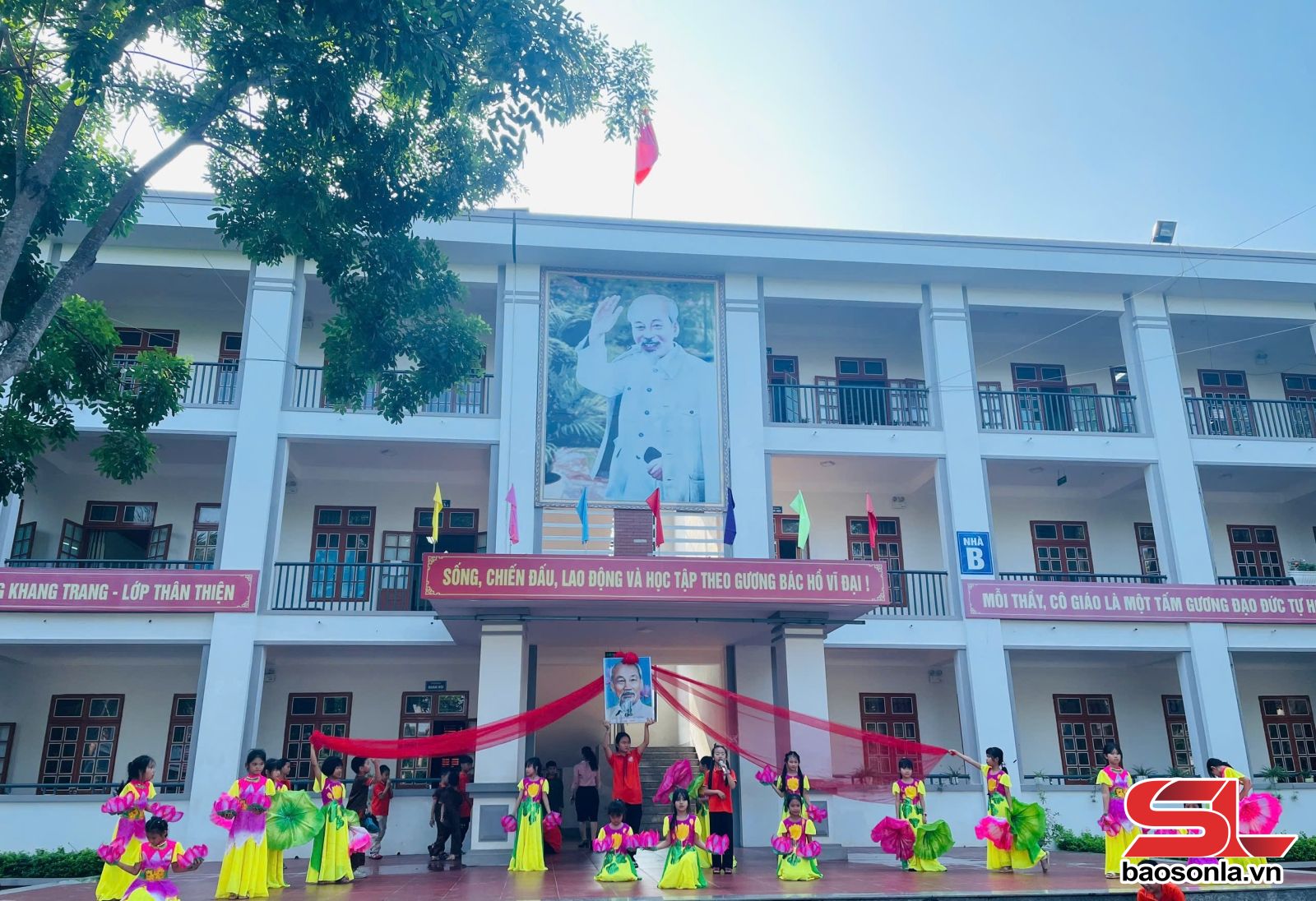
According to the guidelines, the most important principle in the arrangement process is publicity, transparency, not reducing students' access to education; not merging in cases where the geographical distance is too far or transportation is inconvenient, to ensure safety and convenience for students to go to school, especially in remote areas, areas with difficult socio -economic conditions. The goal is to both effectively use resources in terms of facilities, teaching staff and finance, and ensure children's right to education.
The guidelines also clearly state that the arrangement must be based on the functions and tasks of each educational institution, inheriting the results of previous implementation, and at the same time being consistent with the policy of streamlining the apparatus of the Politburo and the Secretariat. Educational institutions need to ensure effective and efficient operations, without overlapping or missing functions.
The arrangement must also comply with regulations on school and class sizes, facility standards, teacher quotas, and be linked to population planning, population density, and geographical conditions. Kindergartens must not be merged with general schools, nor must continuing education facilities be merged with general schools. The arrangement of continuing education centers must be consistent with the people's lifelong learning needs.
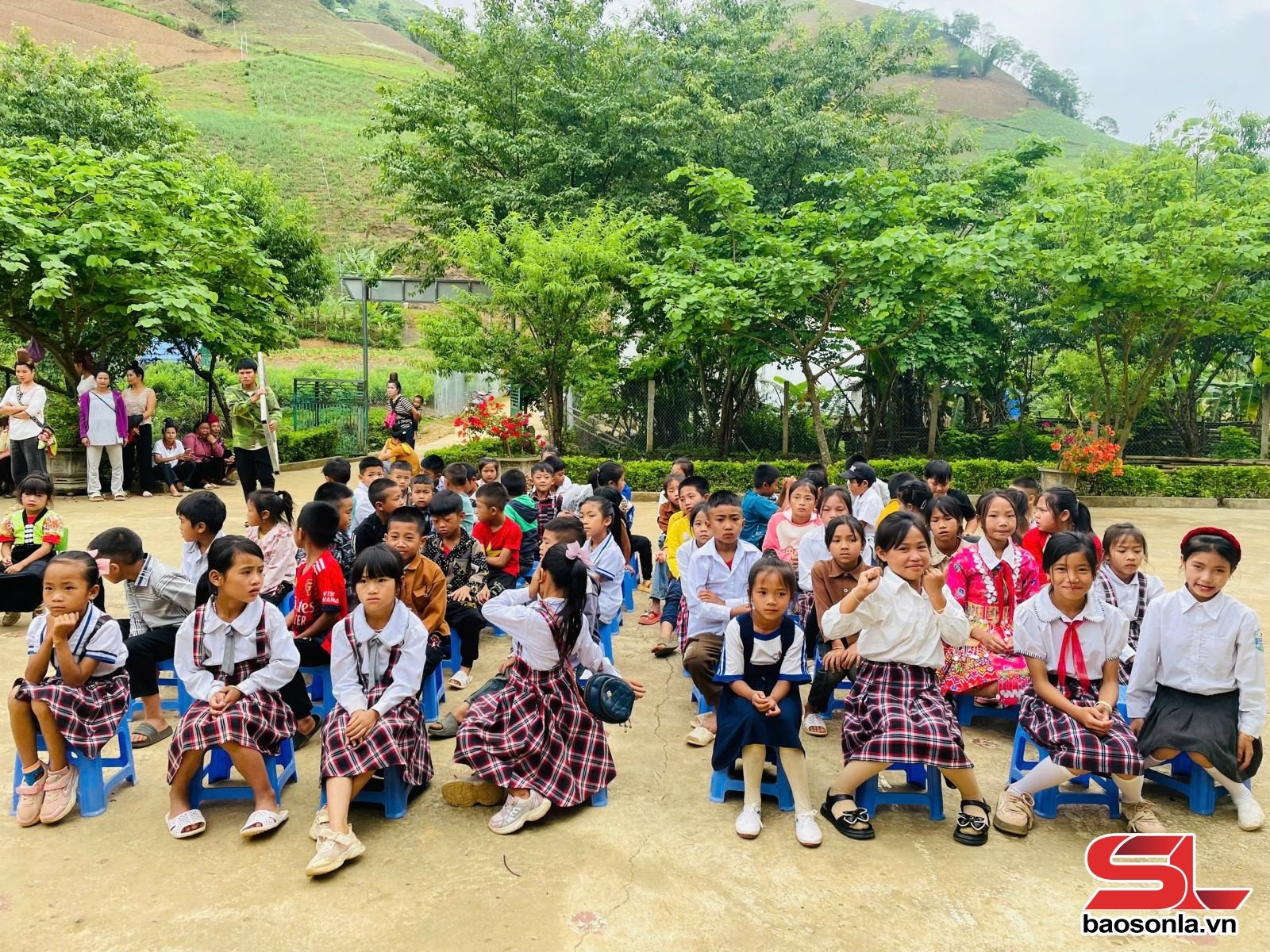
The implementation is organized in three steps: Review and evaluate the current status of the network; develop a plan for arrangement; prepare conditions for implementation. For preschools and general schools, mergers can only be made within the scope of one commune. Schools with favorable conditions will be given priority to retain, while satellite schools that do not meet the minimum standards will be dissolved. However, the facilities at the main school must be fully prepared before the merger is implemented.
The arrangement must ensure that each commune-level administrative unit has at least one kindergarten, one primary school and one secondary school. In special cases, it is possible to organize multi-level general schools, but it is necessary to arrange separate areas for each level and ensure teaching conditions. The document also encourages the model of multi-level schools in sparsely populated areas or areas with difficult travel conditions, and at the same time consider merging small, substandard schools in the same commune according to the roadmap.
For continuing education, it is required to merge vocational education and continuing education centers into inter-ward and commune centers, linked with functions and organizational structures. Community learning centers are organized according to commune level, ensuring that each commune has a center to serve the community's learning needs.
The provincial People's Committee is assigned the responsibility of directing the review and assessment of the current status of the network, and developing a plan of arrangement suitable to local characteristics. The Department of Education and Training is in charge of advising and organizing implementation. Educational institutions must prepare self-assessment reports and strengthen propaganda to create consensus among staff, teachers, parents, students and the community.
This is an important step to reorganize the school system in a scientific, streamlined and effective manner. The synchronous implementation will help improve the quality of education, ensure fairness in access to knowledge, and at the same time strengthen the effectiveness of state management and rational use of resources.
Source: https://baosonla.vn/khoa-giao/bo-giao-duc-va-dao-tao-huong-dan-sap-xep-to-chuc-truong-mam-non-pho-thong-giao-duc-thuong-xuyen-vZxvqu3HR.html








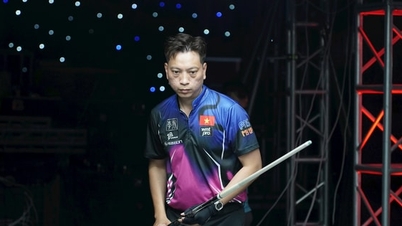

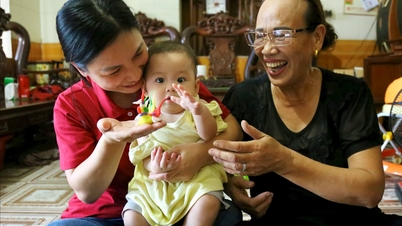

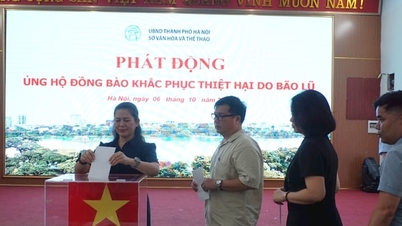


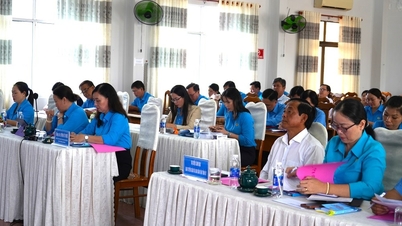







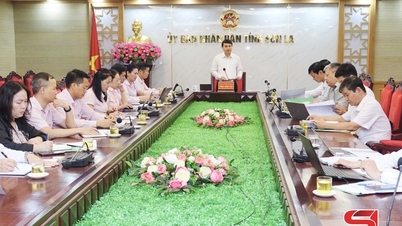
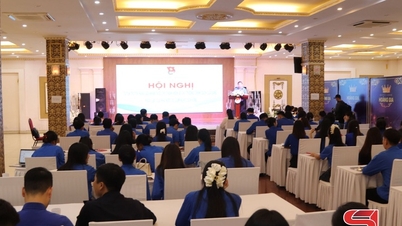


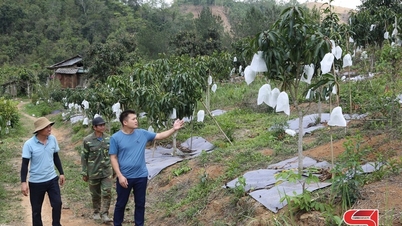














































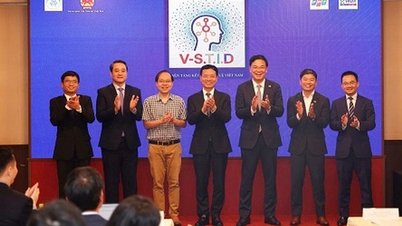


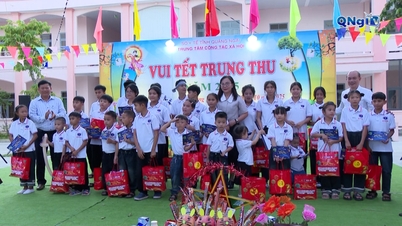

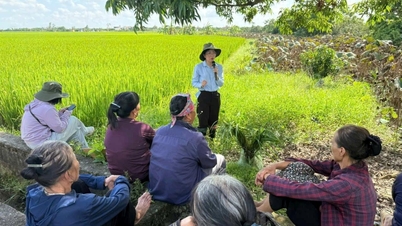




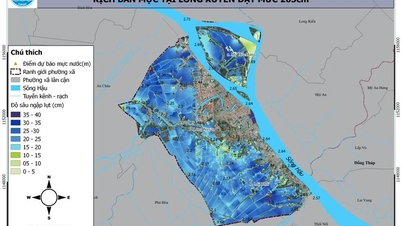
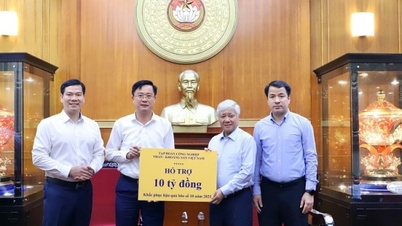








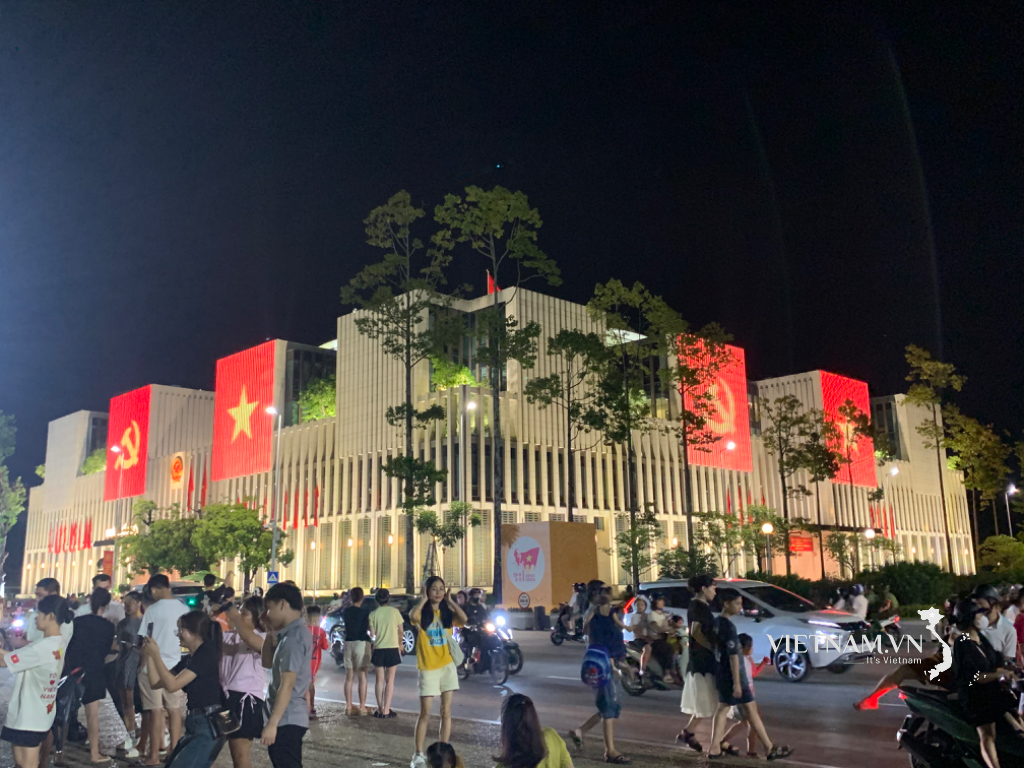


Comment (0)